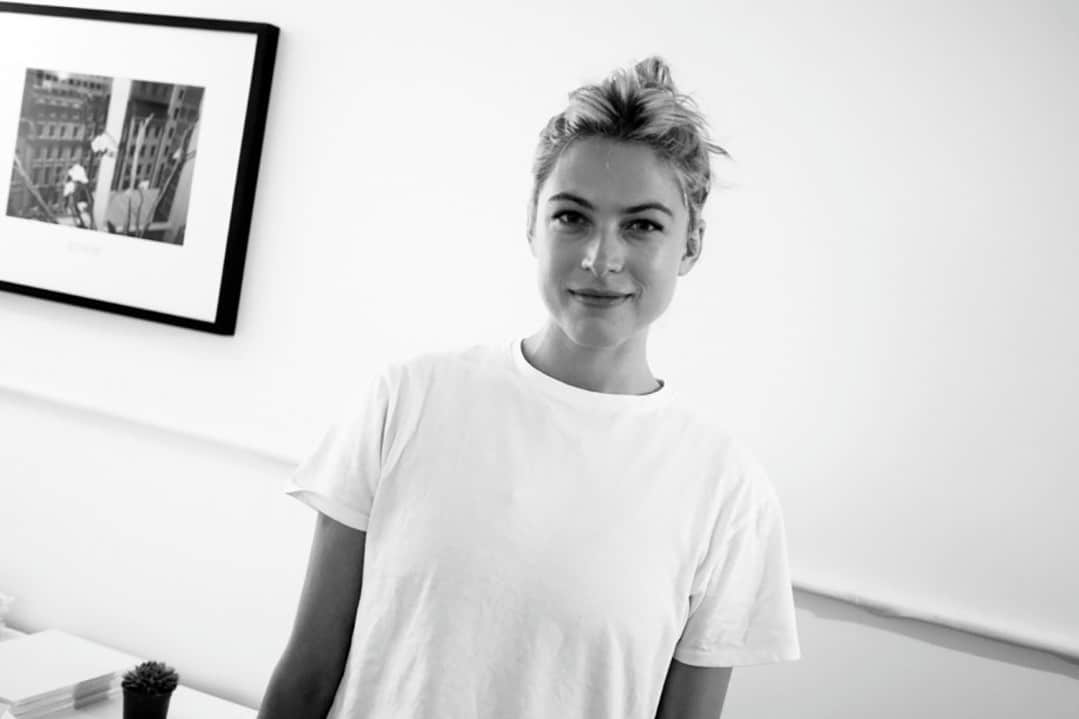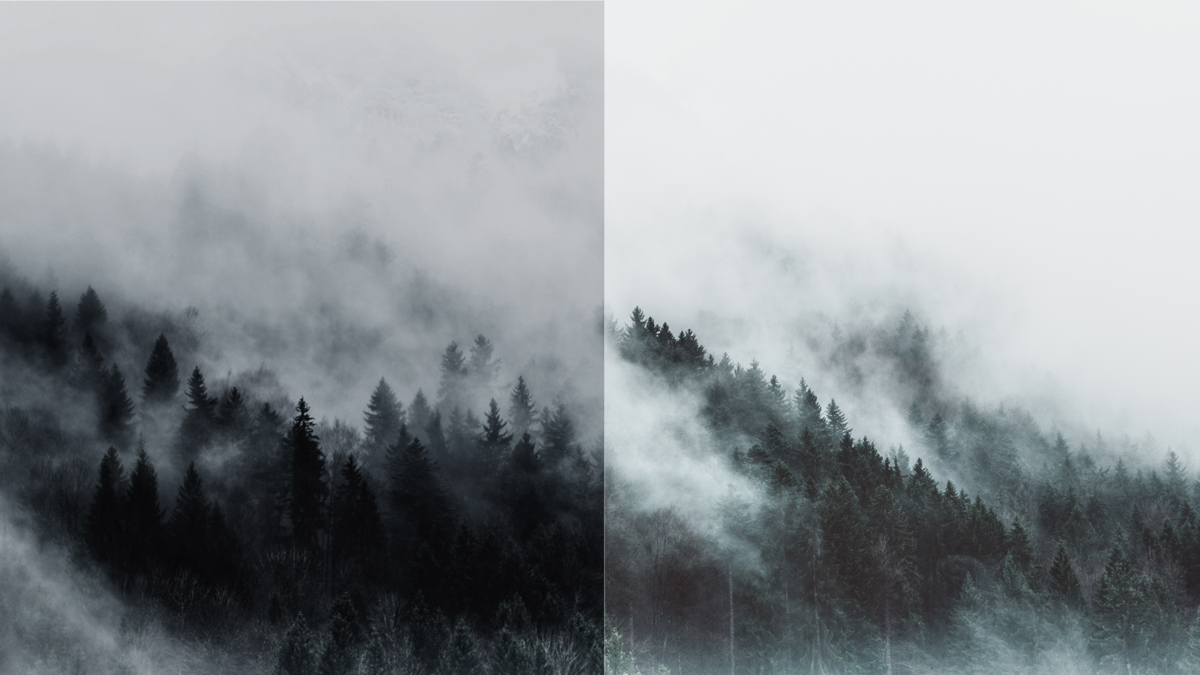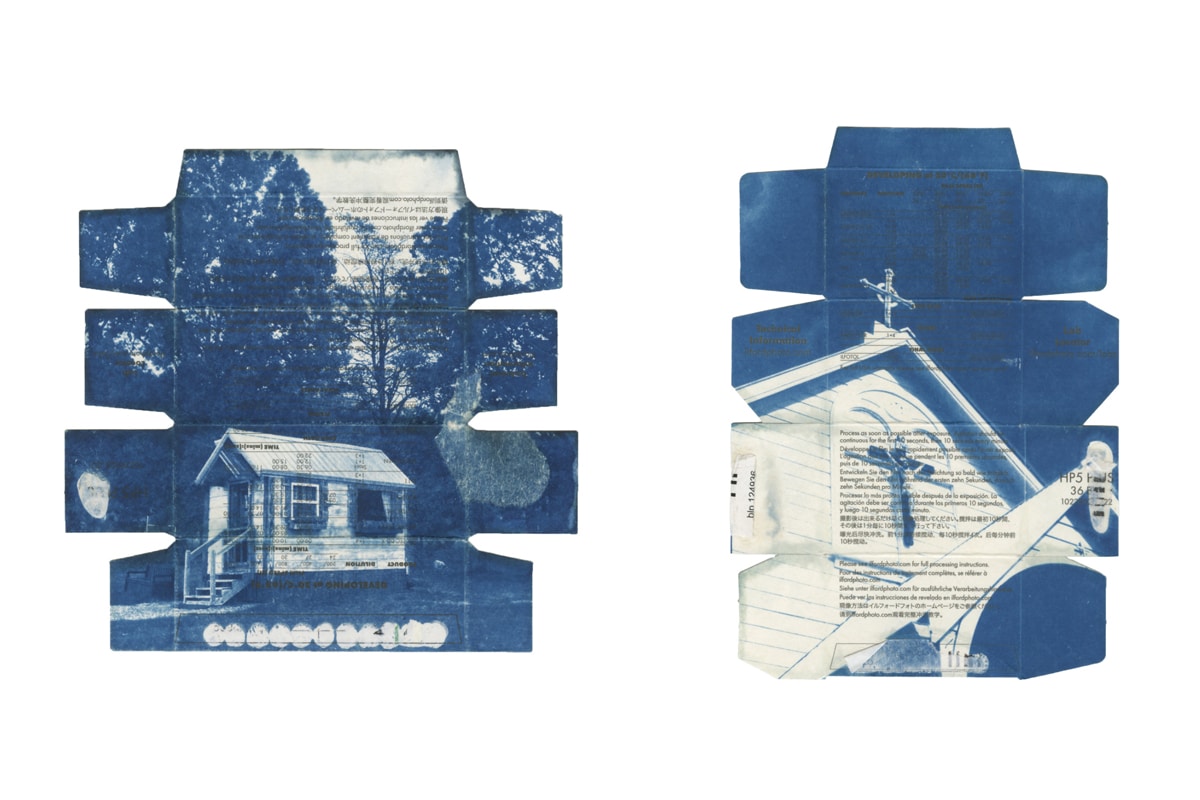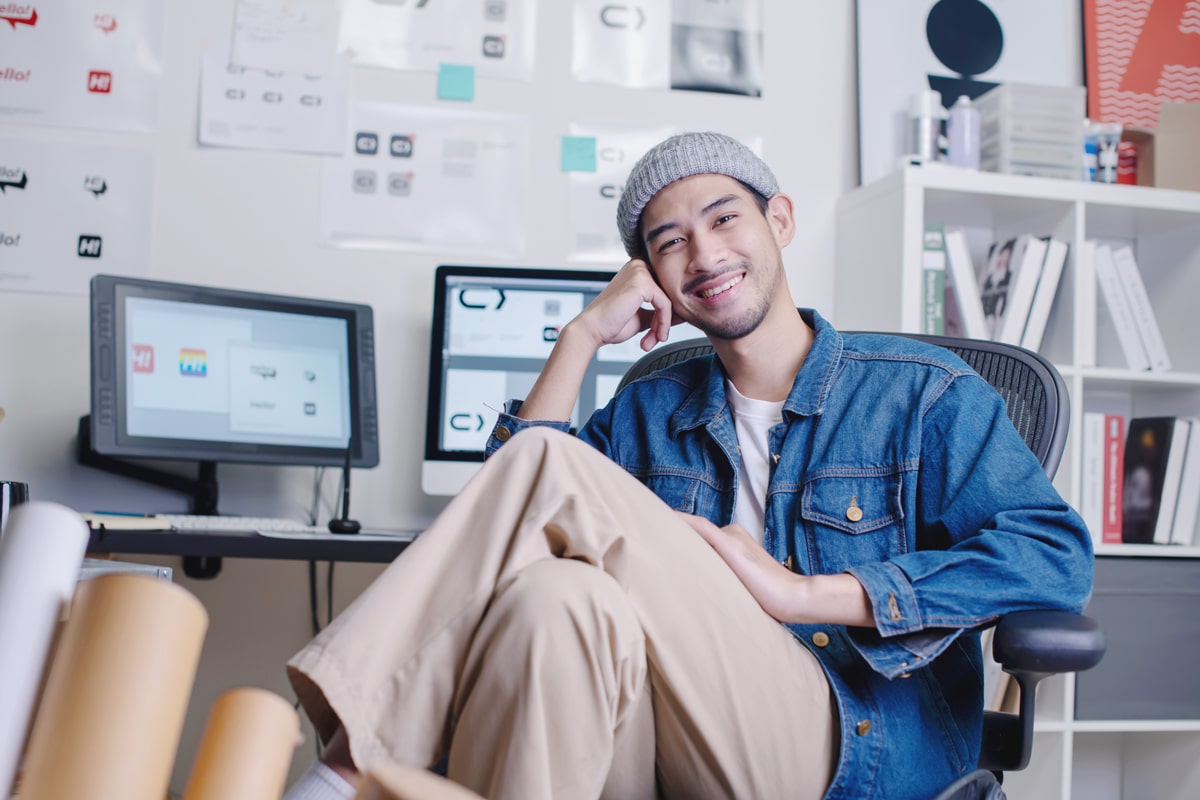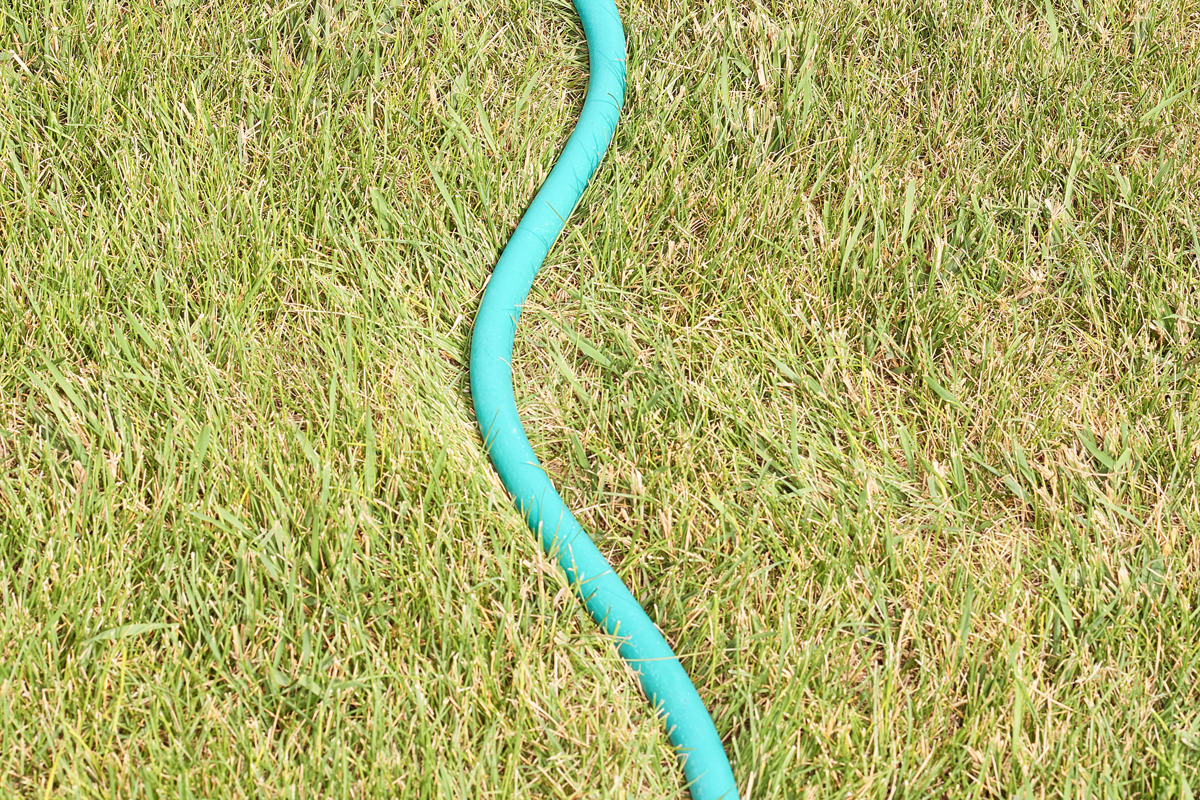Photographer Polly Brown shakes off her creative cobwebs by hitting the road.
Header Image by Flo Kohl
Through her photo series Plants, photographer Polly Brown gave us an inside look at the foliage within the walls of top brands and corporations. From Vogue to Burberry to Google, no corporate leaf was left unturned.
In Bodies, she juxtaposes close-ups of humans with zoomed-in views of cars. Rocks is, well, piles of rocks—but in a surprisingly stark way. Recently at Frieze New York, she stole staplers and phone chargers from galleries for a series called, “The Stuff Polly Brown Stole From Frieze New York.”
That’s the secret behind Brown’s style. She takes something ordinary, makes it even more ordinary, and ends up with photographs that are extraordinary. It’s an equation that’s caught the eye of clients like Givenchy, Roksanda Ilincic and Phoebe English.
We caught up with the London-based photographer to talk about her latest series, why there’s more to an Instagram selfie than meets the eye and how to plan vacations around your conceptual photography projects.
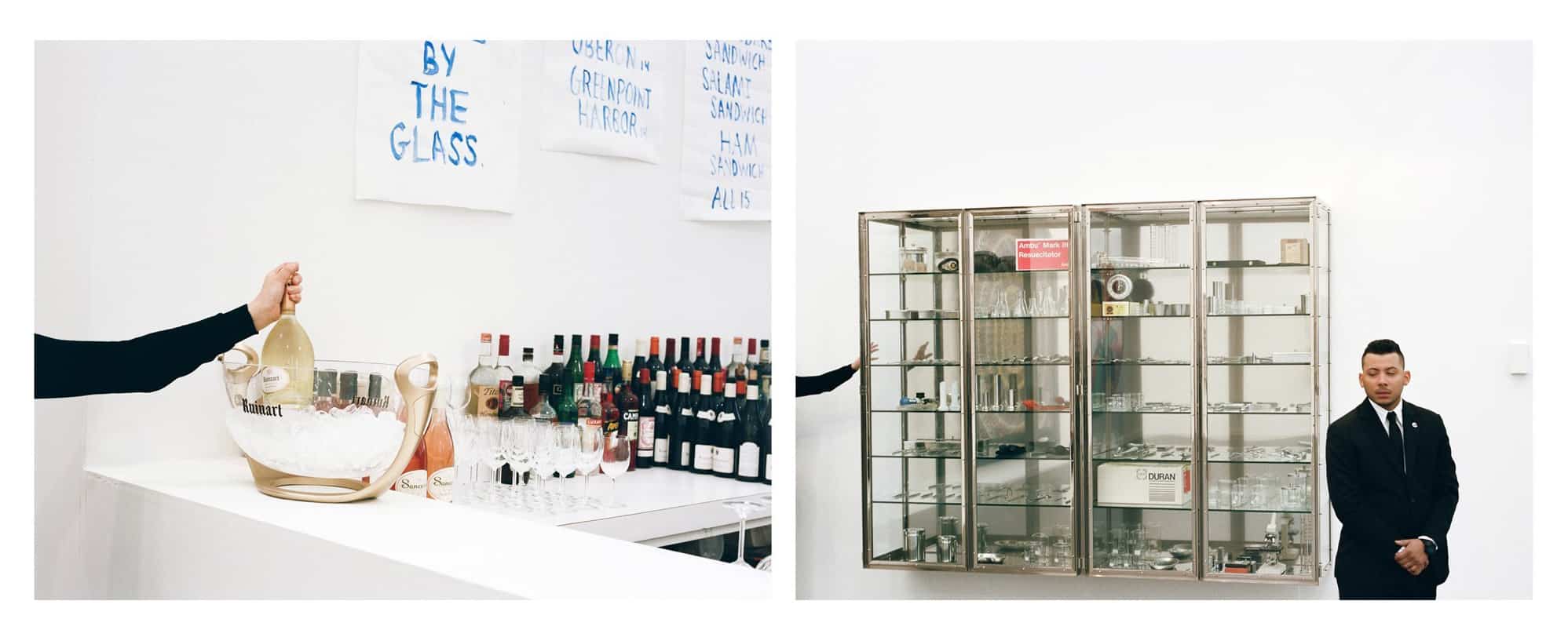
From ‘The Stuff Polly Brown Stole From Frieze New York’
Format: Now that you’re finished stealing things from Frieze New York, what will your next photography project be about?
Polly Brown: Currently, I split my time between London and NYC. I’m working on my latest series, Sleepovers, which is exactly what it sounds like. I’m taking photos of the interiors of the places I stay while I travel, capturing the essence of community and elements of the people I stay with—without them, or I, physically being in the shot.
What inspired this series?
Since I’ve gotten older, I’ve found myself travelling, subletting, and staying with friends, friends of friends, and uncles and aunts of friends, more and more. It was always kind of interesting to me, the fact that I’m sort of imposing on someone’s very private space by staying in their house or their room.
If your host researches who you are before you come to stay with them, what’s something surprising that they might discover on Google?
Well, I share the same name as another Brit named Polly Brown, a pop singer from the late 60’s. I actually get a lot of fan mail from her fans, who stumble upon my email instead of hers. I get a lot of messages reminiscing about old concerts or what their favorite songs mean to them.
That aside, you might also come across some old webpages or video from when I was in an art collective with several of my best friends, called SPACECRAFT. It was a really cool time in my life actually, it was the closest I’ve ever been to being in a band. We would put on performances and curate shows.
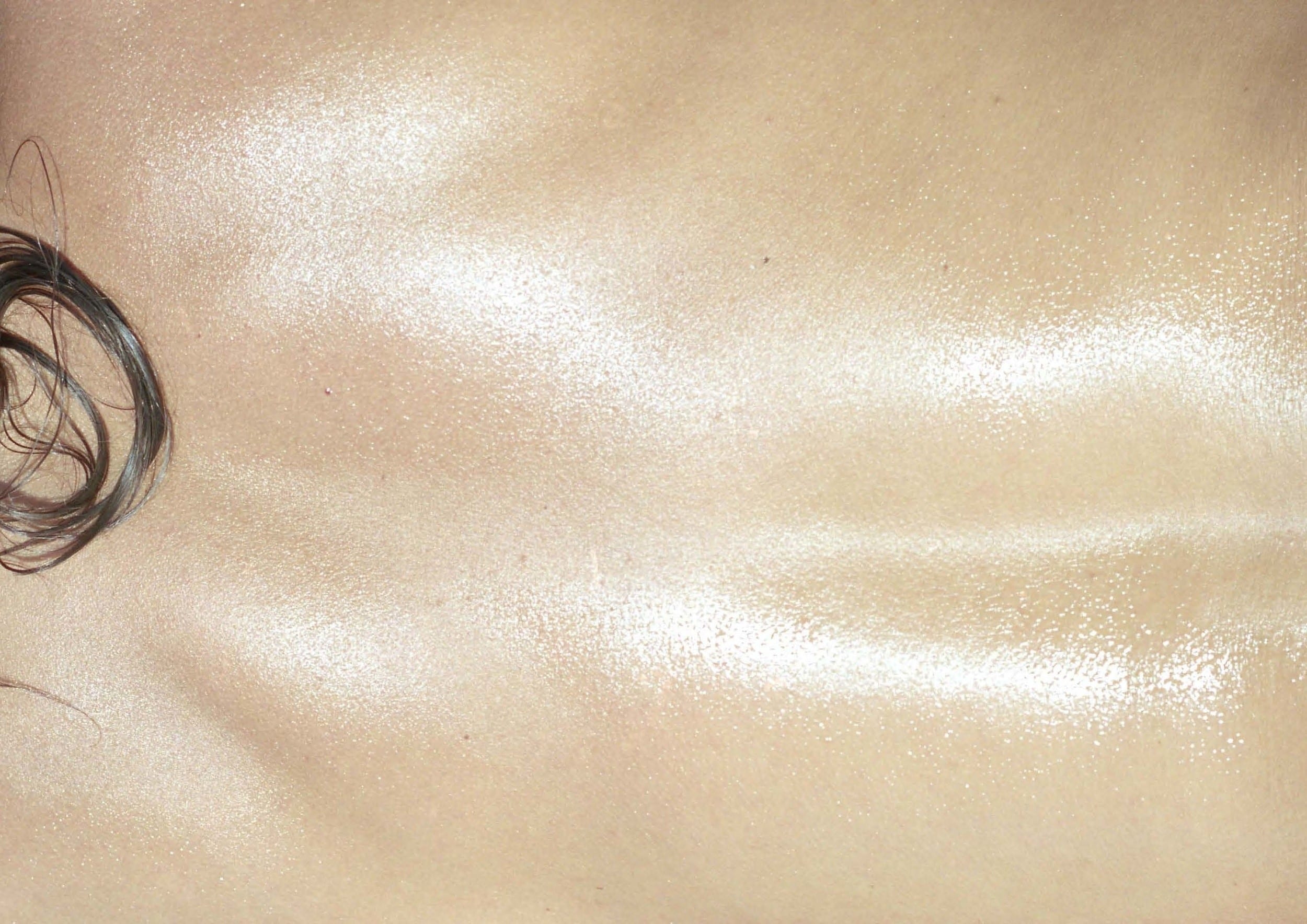
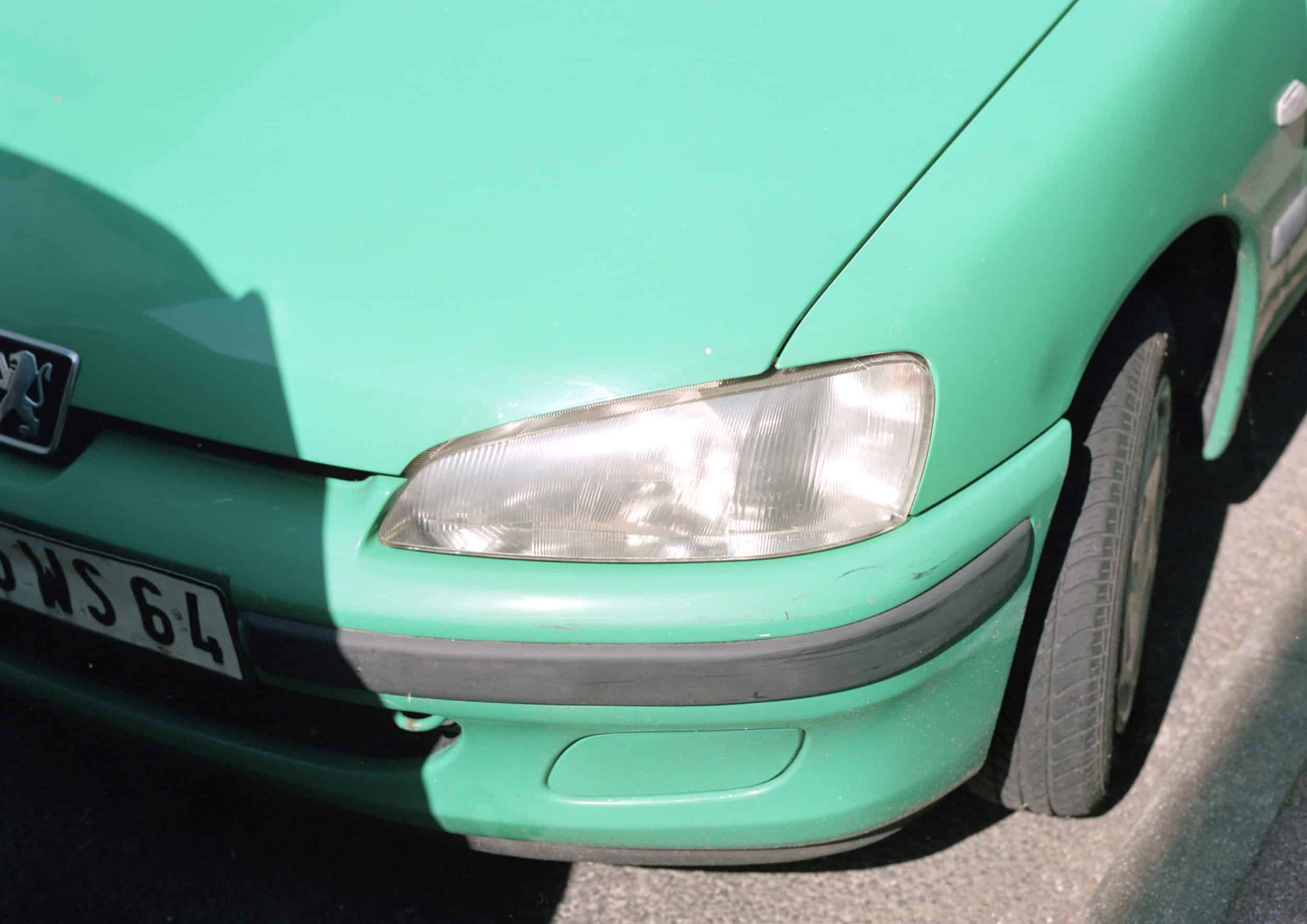
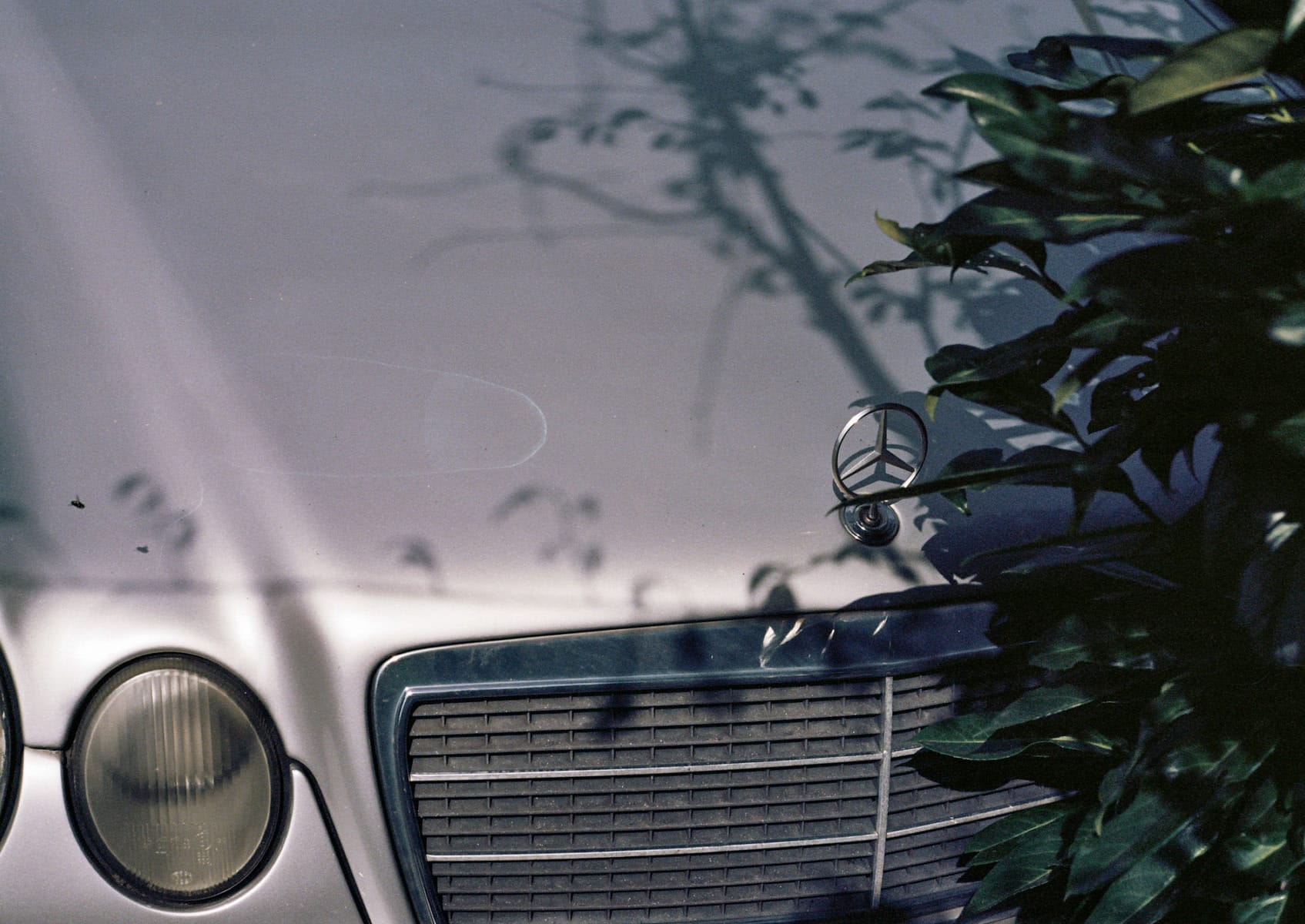
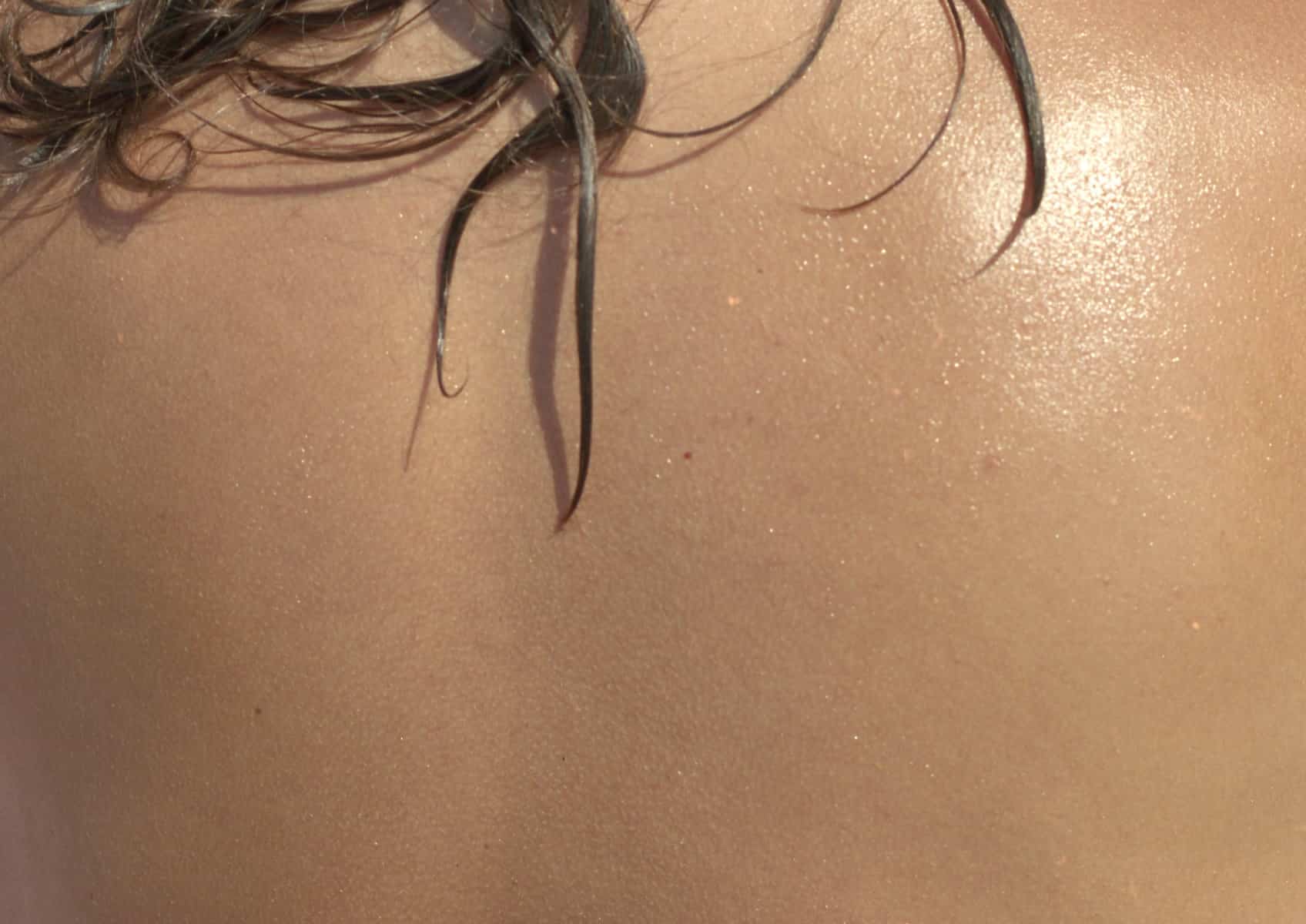
From ‘Bodies’
What happened to SPACECRAFT?
We all parted amicably to work on our own solo projects. But it’s nice that way. There was no one “Beyonce” of the group.
On the topic of your online identity, how do you consolidate your work, with your social media presence, with your IRL day to day self?
It’s interesting, because I’ve really started to think of my social media as a sketchbook of sorts. It’s become this tool to mess around with, to work out ideas and flesh out the bigger project. Nothing I post on Instagram should be seen as “final work.” It’s me exploring ideas, or playing around in the studio, or simply asking questions. Collectively, it’s a bunch of scraps.
This is probably also why I’ve started taking more and more photos of myself and posting them to Instagram. To me, these aren’t photos of “me”, they’re photos I’ve taken of a body to figure out a project. (Except it’s usually the case that I’m the only person available to model for me.)
So on one hand, it’s me working with this idea of a body, for artistic purposes, and on the other, it’s this comedic vision of myself running around my studio, naked, adjusting the lighting or the self-timer. But I guess you don’t really see those sides of an image! In short: don’t take anything on social media at face value.
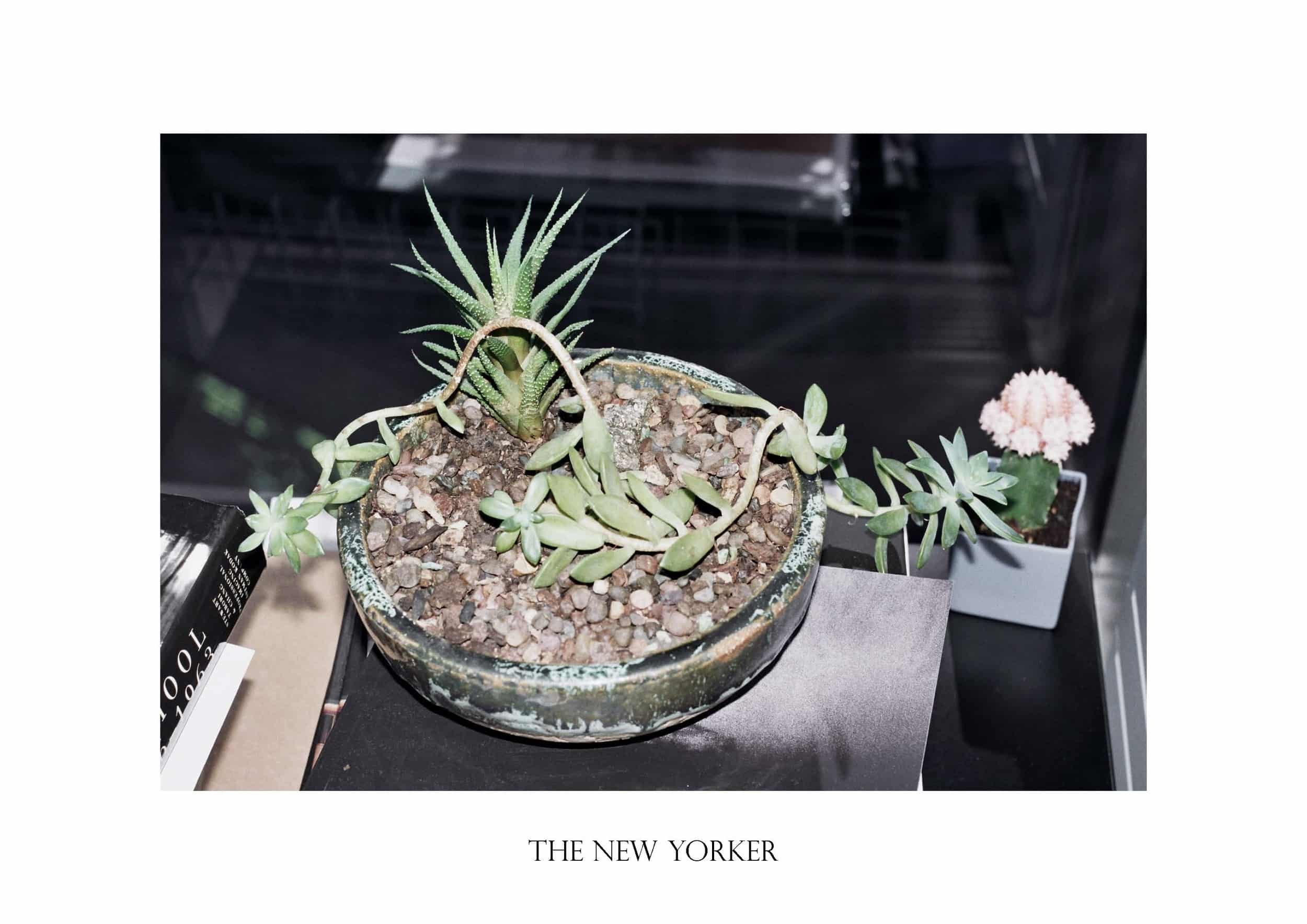
Your series Plants is one of your most well-known projects, where you went into famous offices and photographed the plants you found. What company/plant combination was most surprising to you?
I shot the office of Playboy TV in London, and it was exactly how you would imagine it to be: sort of outdated, filled with seedy older gentlemen. It wasn’t sexy; it was located in the suburbs. However, they took extremely good care of their office plant—it was flourishing! They had even named it and everything. I learned that it had actually been a prop from an old shoot—gross.
Plants got your foot in the door, literally, of dozens of big companies around the world. Any advice on approaching a brand you want to work with?
I never initially set out to pitch companies, which worked in my favor I think. I just made work I wanted to make, and this work happened to involve these major corporations.
If you make work that appeals to a company, or a brand, they’ll want to approach you instead of the other way around. Even though I originally would get eight rejections and one “maybe” for every ten emails I would send to brands, it’s now the other way around.
Loads of companies have seen the coverage I’ve gotten for this project, and want to be involved because of how quirky and different it is.
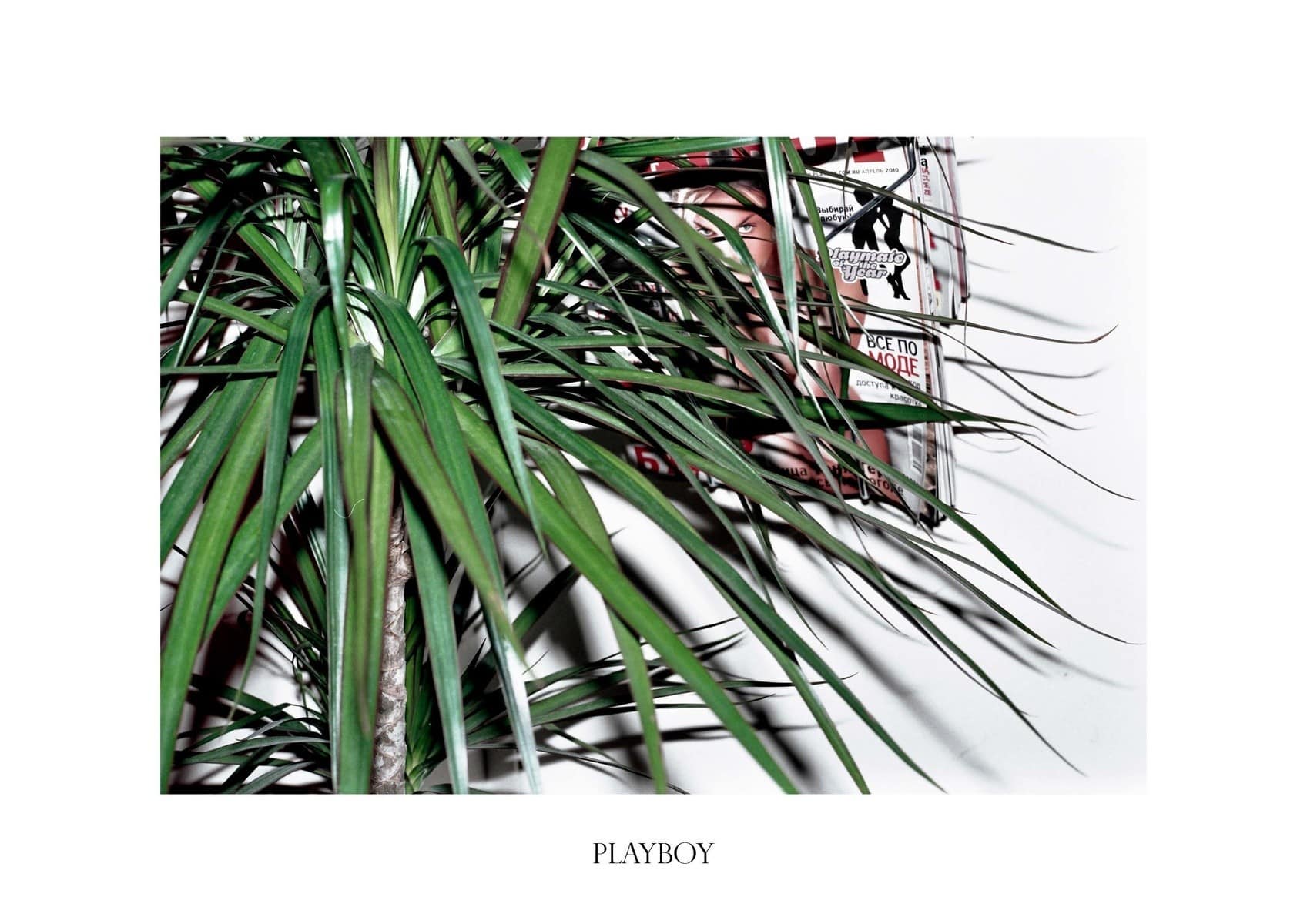
How did you deal with that initial rejection? Did it deter you at all?
Not at all! I think in another life, I’d be an investigator, or a private detective. Although there was a lot of hassle and red tape involved with Plants (I was asking permission for access to all these mega buildings, to be fair), it showed me the value of being hungry for a project.
Every rejection I got; I became hungrier. Never take no for an answer! Find the right emails, reach out to the right people, do your research. Success takes a lot of legwork. The best way to deal with rejection? Just keep going!
Now, the tables have turned a bit—have you become more selective with commissions?
When you’re just starting out, you’re desperate for any platform on which to show your work. But don’t compromise too much. Stick to what you think you’re making, and keep making it until it works for you.
Never change just to try and get work; it’ll hurt you in the long-run. (However, remember there’s always going to be a bit of give while working for a client!)
Last but not least, what inspires you to create?
For me, travelling shakes off the creative cobwebs. I’ll cater my projects to where I want to travel.
Any tips for working vacation first-timers?
- 100% have a project in mind, because it justifies your entire holiday!
- Don’t read guide books. Just go get lost and explore based on your own whims.
- Take a camera (of course).
- Bring an adventure companion along—someone who will be up for getting into trouble with you. (This may or may not be your best friend.)

Polly Brown’s Portfolio
